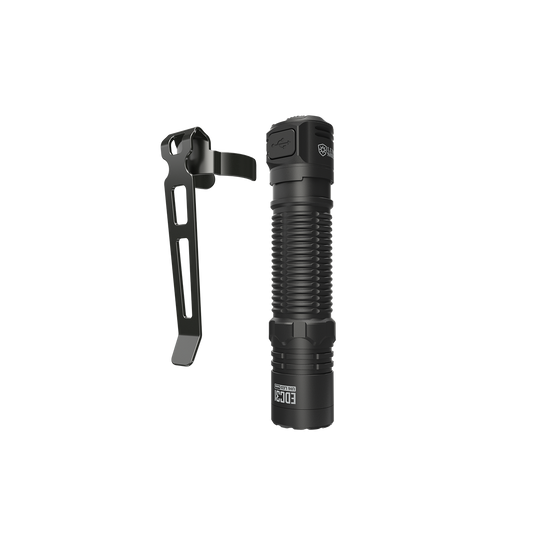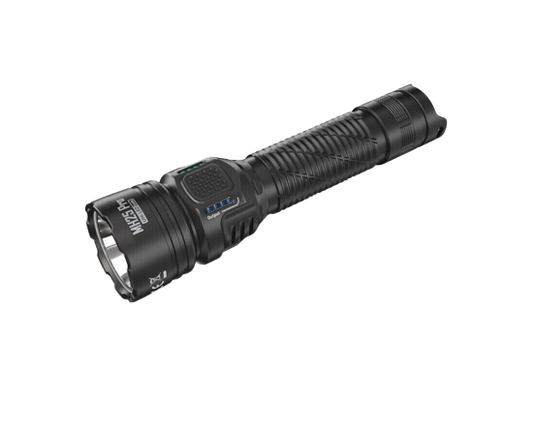
Don't Ditch the Weights: Why Strength Training is Essential as We Age
As we age, birthdays come with more than just candles and cake. Our bodies naturally undergo changes, and one significant shift is the gradual loss of muscle mass, often referred to as sarcopenia. This loss can begin as early as our 30s and accelerate after 50, leading to a decrease in strength, balance, and mobility. The consequences can be a domino effect, impacting our daily lives and, increasing the risk of falls and injuries, and even limiting our ability to live independently.
But here's the good news: this decline in muscle isn't inevitable. Strength training, also known as resistance training, emerges as a powerful tool to combat these age-related changes and empower us to stay strong, independent, and active well into our golden years.
Understanding Sarcopenia and Its Effects:
Sarcopenia is the age-related loss of muscle mass and function. It's a complex process influenced by several factors, including:
- Decreased Protein Synthesis: With age, our bodies become less efficient at using protein to build and repair muscle tissue.
- Hormonal Changes: Declining levels of testosterone, estrogen, and growth hormone can contribute to muscle loss.
- Reduced Activity Levels: As we age, we often become less active, leading to muscle atrophy (wasting).
- Nutritional Deficiencies: Inadequate protein intake or deficiencies in vitamin D can further accelerate muscle loss.
The effects of sarcopenia are far-reaching. Weakened muscles can lead to:
- Decreased Strength and Power: Simple tasks like climbing stairs, carrying groceries, or getting out of a chair become more challenging.
- Poor Balance and Coordination: Increased risk of falls and injuries, a major health concern for older adults.
- Reduced Bone Density: Muscles provide support to our bones. With weaker muscles, bone density can decline, increasing the risk of osteoporosis and fractures.
- Decreased Metabolism: Muscle burns more calories than fat, even at rest. Muscle loss can lead to weight gain and difficulty managing chronic conditions like diabetes.
- Reduced Functional Capacity: Daily activities and maintaining independence become more difficult.
Building Resilience from Within: How Strength Training Works:
Strength training challenges our muscles to adapt and grow stronger. As we lift weights or perform bodyweight exercises against resistance (resistance bands, elastic tubing, or simply using our body weight), tiny tears occur in muscle fibers. This is a normal part of the process. The body then repairs these tears, creating new, stronger muscle tissue in a process called muscle protein synthesis. This process not only increases muscle strength but also improves bone density.
Benefits Beyond the Biceps: The Power of Strength Training for Older Adults:
The benefits of strength training extend far beyond sculpted arms and a toned physique. Here's how it can significantly enhance your life as you age:
- Improved Balance and Stability: Stronger core and leg muscles improve balance and coordination, reducing the risk of falls and injuries. This is a major concern for older adults, with falls being a leading cause of injuries and hospitalization. Strength training can help you maintain your independence and confidence as you age.
- Enhanced Functional Activity: With increased strength, everyday tasks like carrying groceries, climbing stairs, gardening, or playing with grandchildren become easier. You'll have the energy and ability to maintain an active lifestyle and participate in activities you enjoy.
- Boosted Metabolism: Muscle burns more calories than fat, even at rest. Strength training can help you maintain a healthy weight and manage chronic conditions like diabetes. By building muscle mass, you can increase your body's ability to burn calories throughout the day, even when you're not actively exercising.
- Reduced Back Pain: Strong core and back muscles support your spine, improving posture and alleviating back pain, a common complaint as we age. Strength training can help strengthen the muscles that support your spine, leading to better posture and reduced pain.
- Improved Mental Well-being: Strength training has been shown to reduce symptoms of depression and anxiety, promoting overall mental well-being and cognitive function. Exercise releases endorphins, which have mood-boosting effects and can help improve sleep quality, all of which contribute to better mental health. Studies have also shown that strength training can help improve cognitive function and memory in older adults.
Starting Your Strength Training Journey: It's Never Too Late to Get Stronger
The beauty of strength training is that it's accessible to everyone, regardless of age or fitness level. Here are some tips to get you started on your journey to a stronger, healthier you:
- Begin with a consultation: Talk to your doctor before starting any new exercise program, especially if you have any health concerns. They can help you determine if strength training is right for you and offer guidance on any modifications you might need.
- Find a qualified trainer: A certified personal trainer can create a safe and effective strength training program tailored to your specific needs and limitations. They can also guide you on proper form to prevent injuries and ensure you're getting the most out of your workouts.
- Start slow and gradually increase intensity: Don't try to lift too much weight too soon. It's important to begin with lighter weights and gradually increase the weight or resistance as you get stronger. This allows your muscles to adapt and reduces the risk of injury.
o A good starting point for beginners is to use weights that allow you to complete 10-12 repetitions of an exercise with good form before feeling fatigued.
- Focus on proper form: Using proper form is crucial to maximize results and minimize the risk of injury. A trainer can help you ensure you're performing exercises correctly. Here are some general guidelines for proper form:
- Listen to your body: Don't push yourself to the point of pain. Take rest days and allow your muscles to recover. Aim for strength training sessions two to three times per week, with at least one rest day in between.
- Make it a sustainable habit: Consistency is key! Find activities you enjoy and incorporate them into your routine. Start with shorter workouts and gradually increase the duration as you get stronger.
o Strength training doesn't have to be about heavy weights and grunting in the gym. It can be bodyweight exercises at home, using resistance bands, or joining a group fitness class. The key is to find activities you enjoy and make them a regular part of your routine.

Strength Training Exercises for Every Body:
Here are some examples of strength training exercises that are suitable for older adults:
- Bodyweight Exercises: Squats, lunges, push-ups (modified versions can be done against a wall or on your knees), planks, rows (using a chair or resistance bands), calf raises.
- Free Weight Exercises: Bicep curls, tricep extensions, shoulder press (using dumbbells or kettlebells).
- Resistance Band Exercises: A variety of exercises can be done using resistance bands that target different muscle groups.
Embrace Strength, Embrace Life:
By incorporating strength training into your life, you're investing in a stronger, healthier, and more independent future. It's always possible to start building the strength you need to embrace life to the fullest at any age. So, ditch the age-related stereotypes and embrace strength training. You might surprise yourself with what you can achieve!
Additional Considerations:
- Staying Hydrated: Drink plenty of water before, during, and after your workouts to stay hydrated and support muscle recovery.
- Proper Nutrition: Eating a healthy diet that includes sufficient protein is essential for building and maintaining muscle mass. Aim for protein sources like lean meats, fish, eggs, legumes, and nuts at every meal.
- Warming Up and Cooling Down: Always warm up before your workout with light cardio and dynamic stretches to prepare your muscles for exercise. Cool down afterward with static stretches to improve flexibility and reduce muscle soreness.
- Listen to Your Limits: If you experience any pain during exercise, stop the activity and consult your doctor. You might be able to modify the exercise, or you might need to take a break and allow your body to recover.
Remember, strength training is a journey, not a destination. Celebrate your progress, no matter how small, and enjoy the process of getting stronger and healthier.
























































